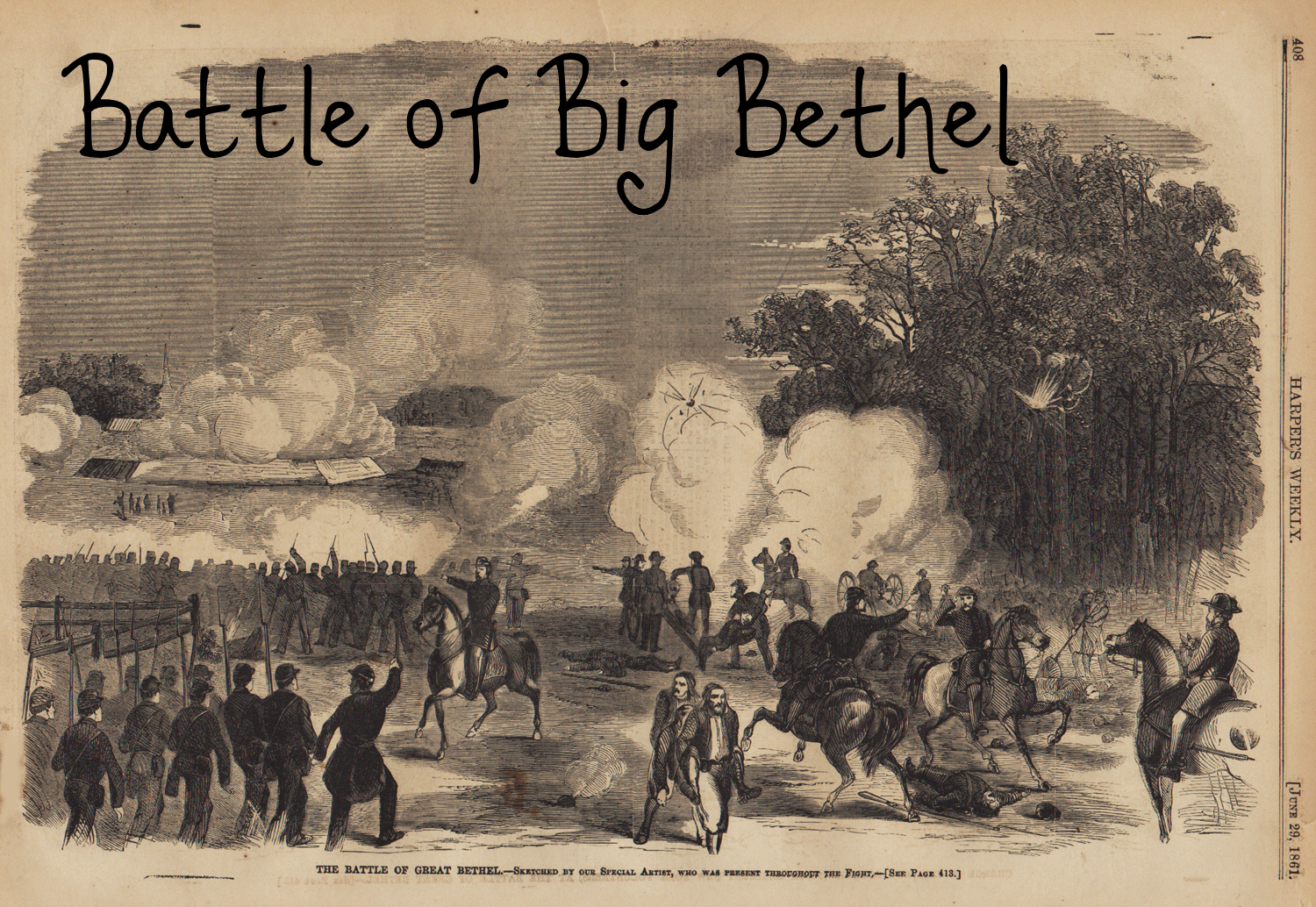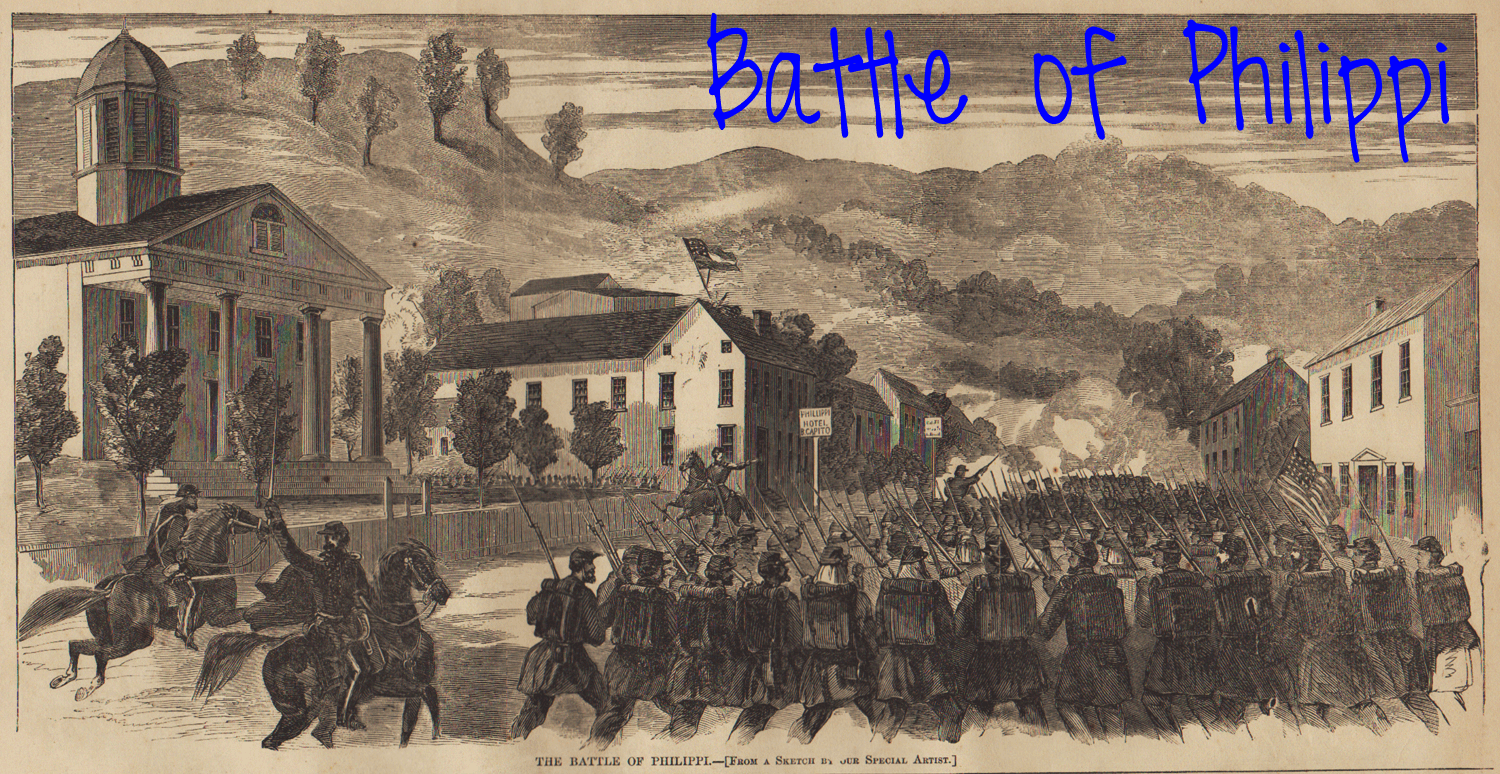Battle of Big Bethel
Battle of Big Bethel The Battle of Big Bethel actually took place prior to the Battle of Rich Mountain. However, it was such a minor… Read More »Battle of Big Bethel
Battle of Big Bethel The Battle of Big Bethel actually took place prior to the Battle of Rich Mountain. However, it was such a minor… Read More »Battle of Big Bethel
Battle of Philippi On June 3, 1961, the “first inland battle of the Civil War” began in what is today West Virginia. It was also… Read More »Battle of Philippi

